Hajj holds within it three main objectives; reforming one’s ego, establishing a strong bond with God and creating a healthier relationship with mankind.
T A NELOFAR, ERNAKULAM
3 AUGUST, 2020
As this year’s Hajj comes to an end amidst deep concerns and stringent security measures, Muslims all over the world have once again witnessed the proclamation of the unity of God.
Hajj, the fifth pillar of Islam, is an obligatory pilgrimage commanded for every able-bodied Muslim to perform once in their lifetime. It occurs during the last month of the lunar calendar, Dhul-Hajja, commencing from 8th to 12th or 13th, every year. Through its deeply symbolic rituals and rites, Hajj grants a spiritual rebirth for Muslims.
This annual pilgrimage holds within it three main objectives; reforming one’s ego, establishing a strong bond with God and creating a healthier relationship with mankind. As such, it grants a perfect opportunity for pilgrims to attain these purposes and become wholly devoted to God.
Rituals in Hajj
To begin with, the pilgrims enter a spiritual state of purity called Ihram; which is physically shown by taking a bath and draping themselves with simple unsewn white sheets. This symbolizes the shunning of human desires. The universal dress code (women exempted) displays the equality of human beings before their Creator.
Hajj commences with the circumambulation of the Holy Ka’bah, the majestic cube-shaped structure in the direction of which, Muslims all around the world perform their prayers. Pilgrims perform circuits around the Ka’bah seven times; the number ‘seven’ denoting completion in the Arabic language.
While doing Hajj, pilgrims continue to chant the Talbiyyah, a prayer attesting their complete devotion to God, the Almighty.
Here I am [at your service] O God, here I am. Here I am [at your service]. You have no partners. Here I am [at your service]. To You alone is all praise and all excellence, and to You is all sovereignty. There is no partner to You.
Expounding the inner meanings of the rites during Hajj, Hazrat Mirza Ghulam Ahmad, the Promised Messiahas states:
The truth is that the last stage of the seeker’s journey is that withdrawing himself altogether from the demands and desires of self he should be completely engulfed by the love of God and complete devotion to Him. A true lover sacrifices his soul and heart; and the circuit of the House of Allah is a visible sign of such a sacrifice. As there is a House of Allah here below on the earth, so there is one in heaven. Until a person performs the circuit of the House above, his circuit of the House below is not truly performed… The circuit is a sign of the lovers of God. They go round the Ka`bah as if they have no will of their own left and they are devoted wholly to Him.[1]
Pilgrims begin the circuits from the location of an unshaped black stone known as Hajar-e-Aswad placed in the southeast corner of the Ka’bah. The Holy Ka’bah stands as a longstanding proof for the unity of God and His worship. Pilgrims kiss Hajar-e-Aswad to express their utmost love towards the One Creator.
Some critics of Islam consider the rites associated with the Ka’bah as forms of idolatry. But, the fact is that no Muslim worships the Ka’bah or the black stone. These misconceptions arise out of ignorance about the symbolism in Hajj. Regarding this, the Promised Messiahas states:
The body performs circuits around that house and kisses the rock of the threshold, while the soul performs circuits around the True Beloved and kisses His spiritual threshold. There is no idolatry present in this. A person may kiss the letter of a beloved friend after reading it. No Muslim worships the Ka`bah.[2]
Once, after kissing the black stone, Hadhrat Umarra, the second Caliph of Islam said:
No doubt, I know that you are a stone and can neither benefit anyone nor harm anyone. Had I not seen Allah’s Messengersa kissing you, I would not have kissed you.[3]
The rite of Sa’i
After the completion of circuits, pilgrims go to an area on the eastern part of the Ka’bah known as the Maqam-e-Ibrahim or the place of Abrahamas wherein, they perform prayers and drink water from a spring called Zamzam. Then, pilgrims perform a Hajj rite known as Sa’i. This rite of running between the hills of Safa and Marwah is to commemorate the sacrifice of Hagarra, the wife of Abrahamas who had frantically run between these hills, trying hard to find water for her thirsty infant son Ishmaelas. Her desperate prayers and crying were heard by the Merciful Lord and caused water to gush forth from a new spring.
Arafat, Ramy-ul-Jamarat and animal sacrifice
In the coming days of Hajj, pilgrims go to prescribed historical sites such as Mina, Arafat and Muzdalifah and continue to remain in a state of remembrance of God.
On the third day of Hajj, which is the 10th of Dhul-Hijjah, pilgrims perform a rite of pelting stones at pillars called Ramy-al-Jamarat. This is a symbolic rite of stoning Satan and defeating satanic temptations.
This is followed by the sacrifice of an animal; a symbolic expression of sacrificing one’s inner selfish desires and ego in the way of God and wholly submitting to His will. As such, the sacrifice of animals does not hold any significance within itself, but, it is the piety or righteousness that matters. Allah says in Holy Qur’an:
It is not their meat nor their blood that reaches Allah, rather it is your piety that reaches Him[4]
Regarding the spiritual purpose behind sacrificing animals, the Promised Messiahas states:
Salvation lies in slaughtering the self that incites towards evil with the knife of selfless devotion to Allah and the cutting asunder of ties to the world while taking Allah as the Beloved and source of peace…. The true Muslim is he who has placed his face before Allah for slaughter and has sacrificed the camel of his self for Him, throwing it down upon its forehead…. So, the reality behind the sacrificial animals and offerings that are common in Islam is that they serve to remind one of this purpose, which is the sacrifice of the self. It is meant to encourage one to achieve this rank and is a harbinger to the truth which is perceived after completing the spiritual journey.[5]
Hajj: A manifestation of Universal brotherhood
Hajj is also a manifestation of universal brotherhood which is deeply ingrained in Islamic teachings and practices. It is an unparalleled demonstration of how mankind is united across all the barriers of wealth, power, color, race and nations through the worship of the One and only God.
This purpose of establishing unity among mankind through Hajj is elaborated by Hazrat Mirza Ghulam Ahmadas. He states:
God desires to join all of mankind as if into one single individual. This is called collective oneness, where many people, as a whole, are considered as being a single person…to the extent that even Hajj has been instituted for this purpose…for the unification of all mankind, one day is fixed during a lifetime that all people should gather in the area around Mecca. In this way, Allah has desired that mutual love and compassion flourish between mankind.[6]
In fact, it was this very manifestation of unity and brotherhood in Hajj, which made Malcolm X change his mind about the white race. In a letter written after performing Hajj, he writes:
There were tens of thousands of pilgrims, from all over the world. They were of all colors, from blue-eyed blondes to black-skinned Africans. But we were all participating in the same ritual, displaying a spirit of unity and brotherhood that my experiences in America had led me to believe never could exist between the white and the non-white.[7]
Thus, Hajj embodies the absolute expression of man’s love towards His Creator and His creation. It stands as a unique example of the unity of mankind amidst the chaotic times of ours. And as such, Hajj proclaims the means to attain this unity, brotherhood and peace; turning to one’s Creator.
The author is an undergraduate in Physics and serves as the President of the Ahmadiyya Muslim Women’s Students Association, Ernakulam, Kerala.
References:
[1] Essence of Islam, vol. 2, pg. 317
[2] Ruhani Khazain, vol. 23, Chashma-e-Ma’rifat, pgs. 100-101
[3] Sahih Al-Bukhari, the Book of Hajj, Chapter: What is said regarding the Black Stone, Hadith #1597
[4] Holy Quran 22: 38
[5] Ruhani Khazain, vol. 16, Khutba Ilhamiya, pg. 35-36
[6] Malfuzat, vol. 4, pg. 101
[7] The most remarkable revelatory latter ever written by Malcolm X. (n.d.). Retrieved from Moments in Time: https://momentsintime.com/the-most-remarkable-revelatory-letter-ever-written-by-malcolm-x/

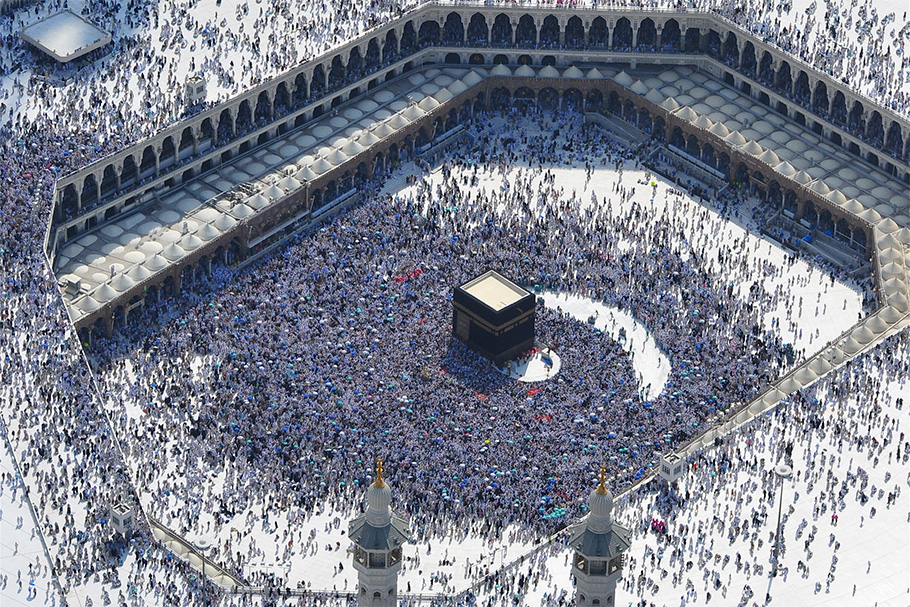
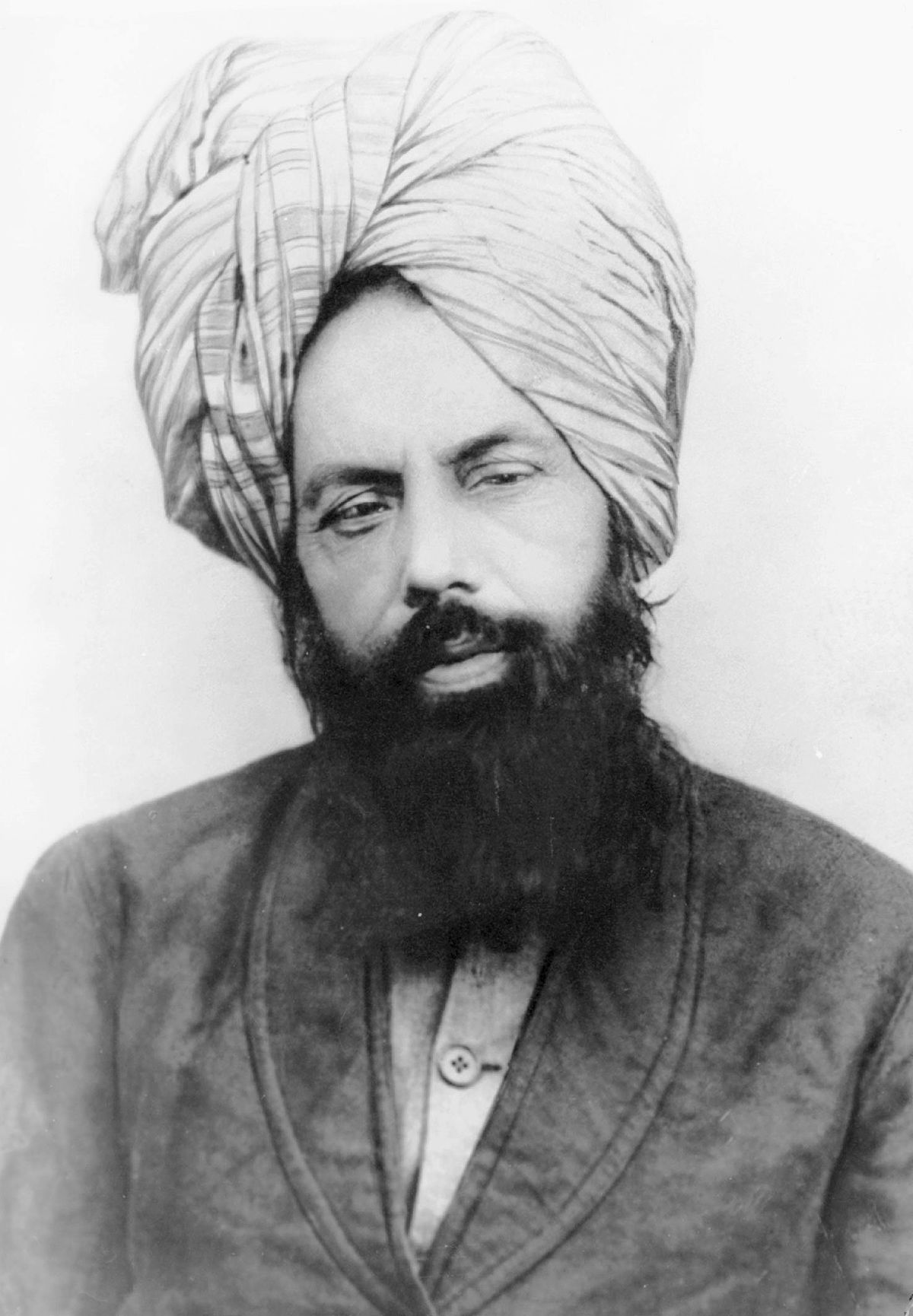
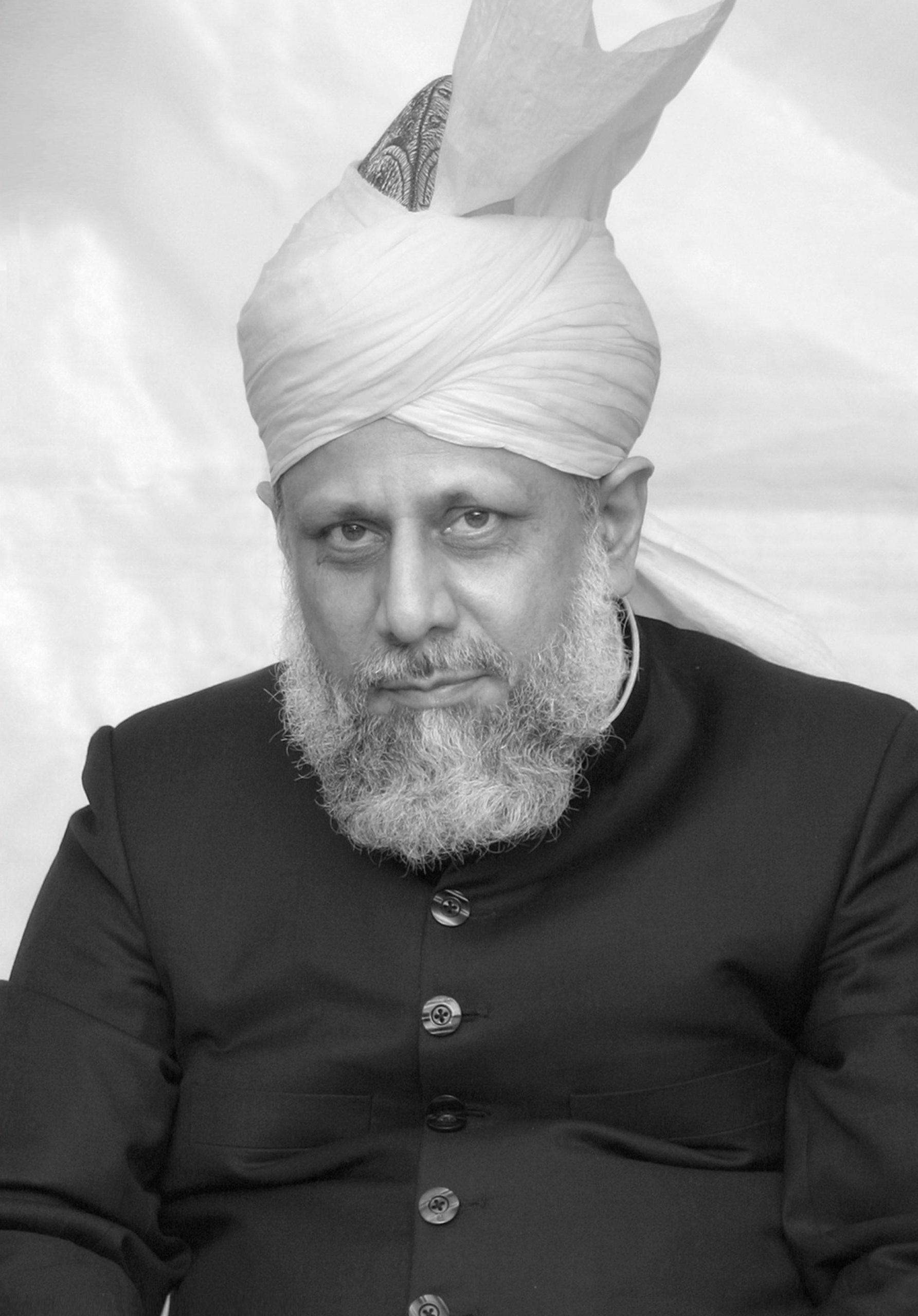

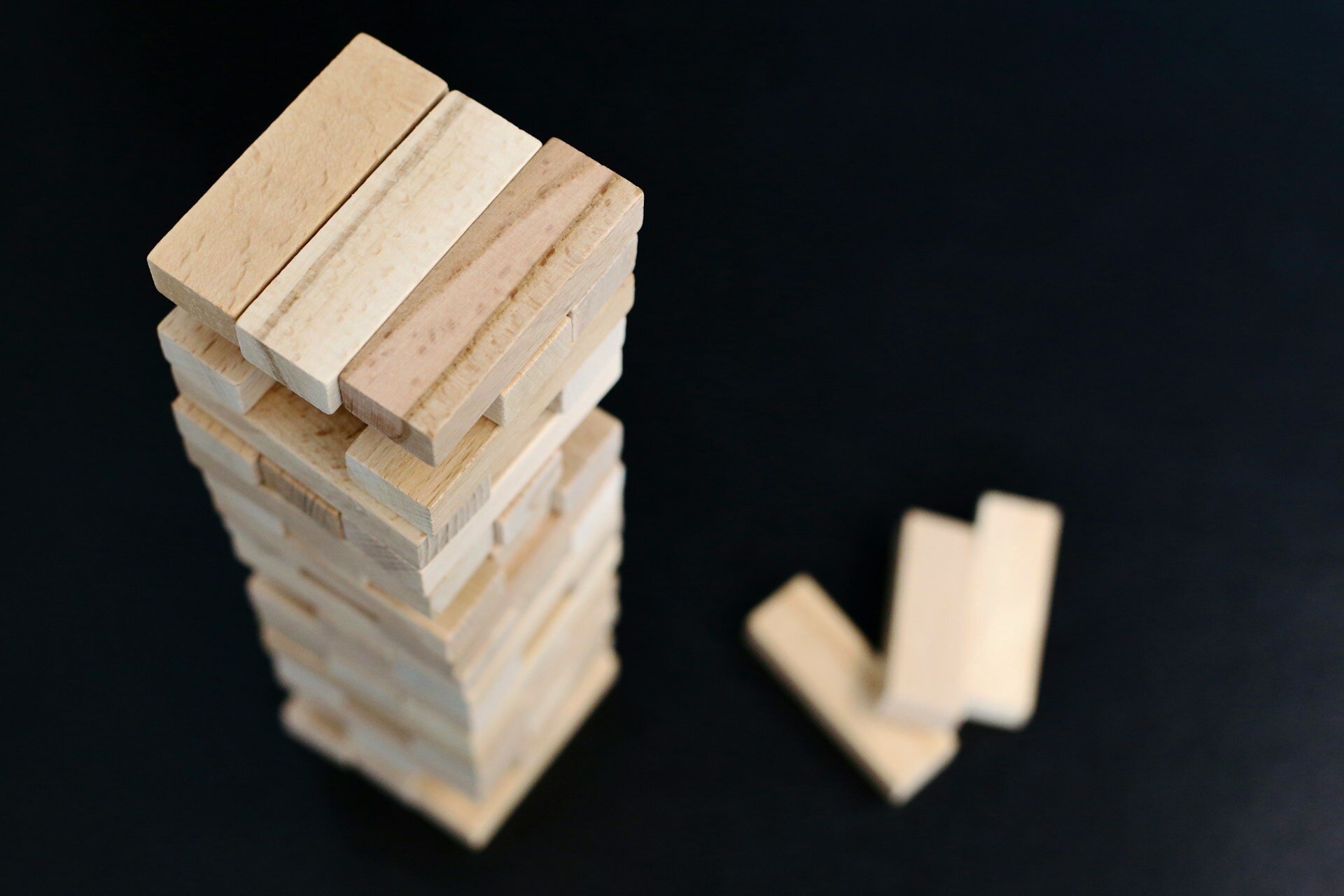
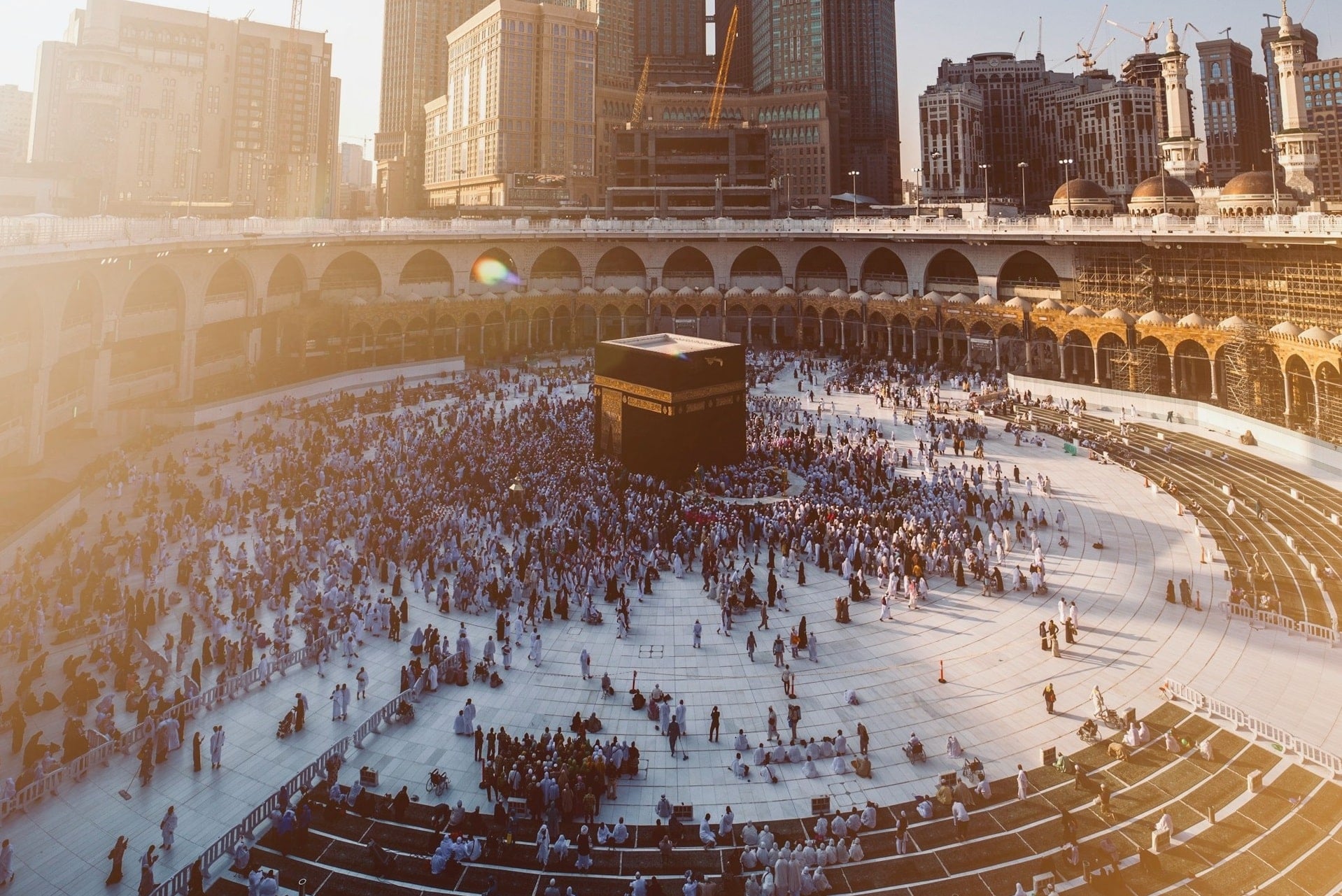

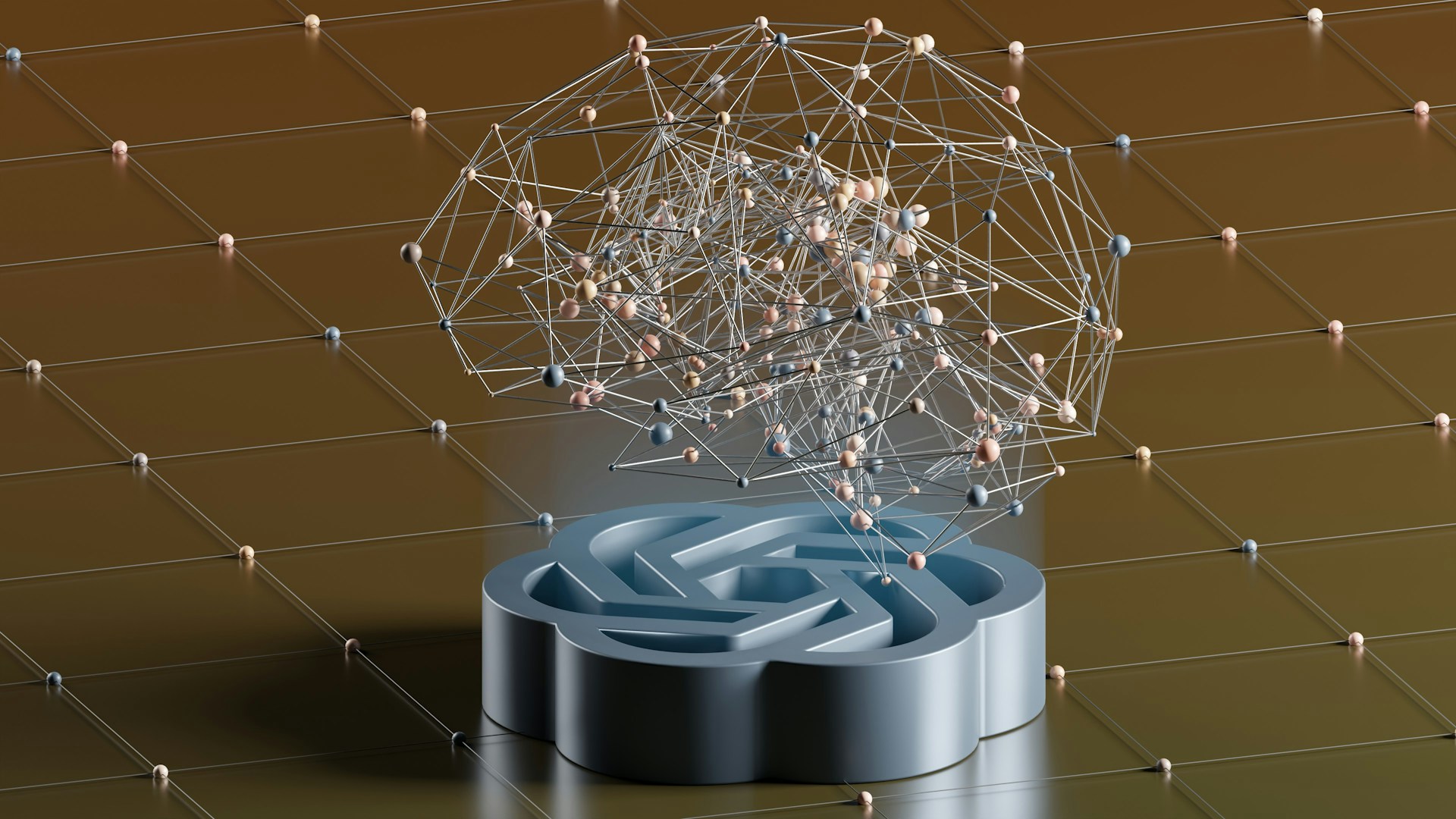
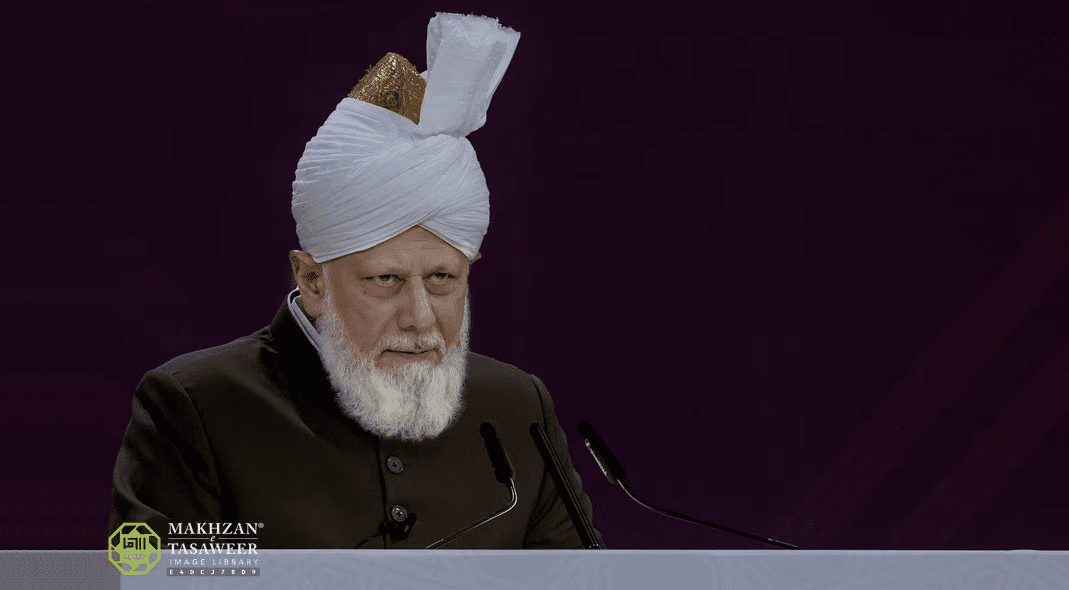
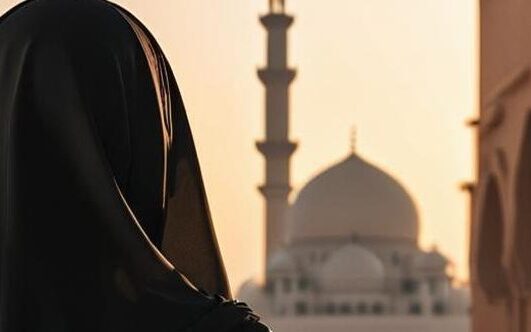


0 Comments